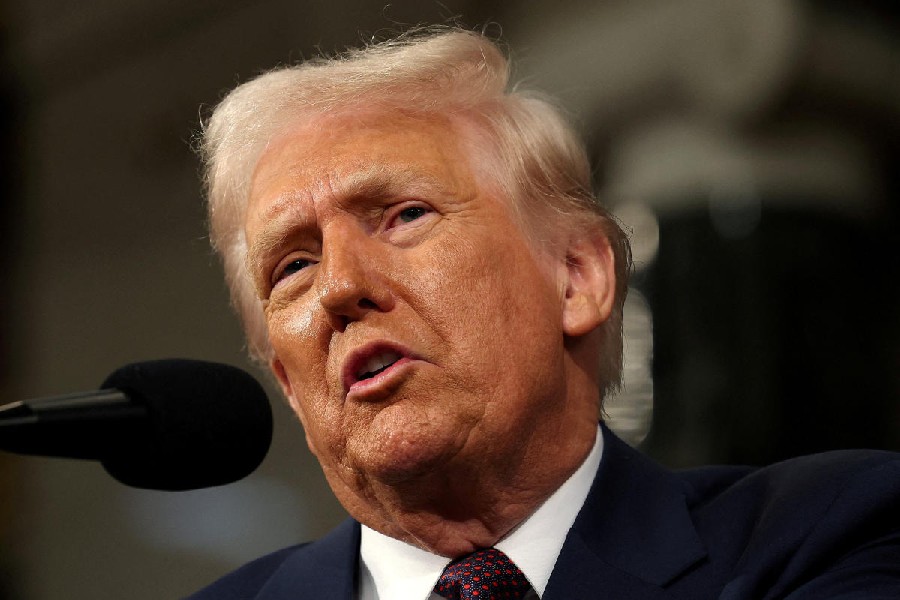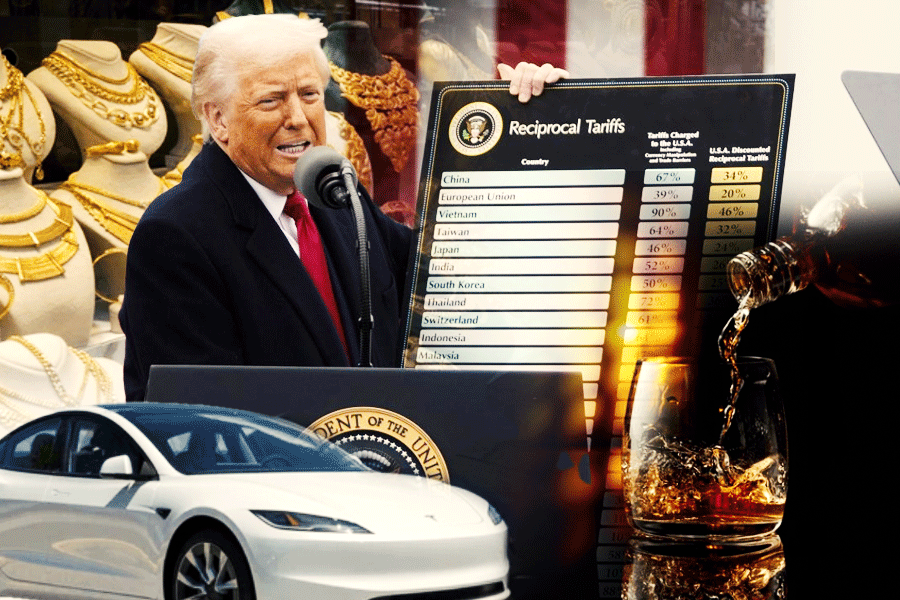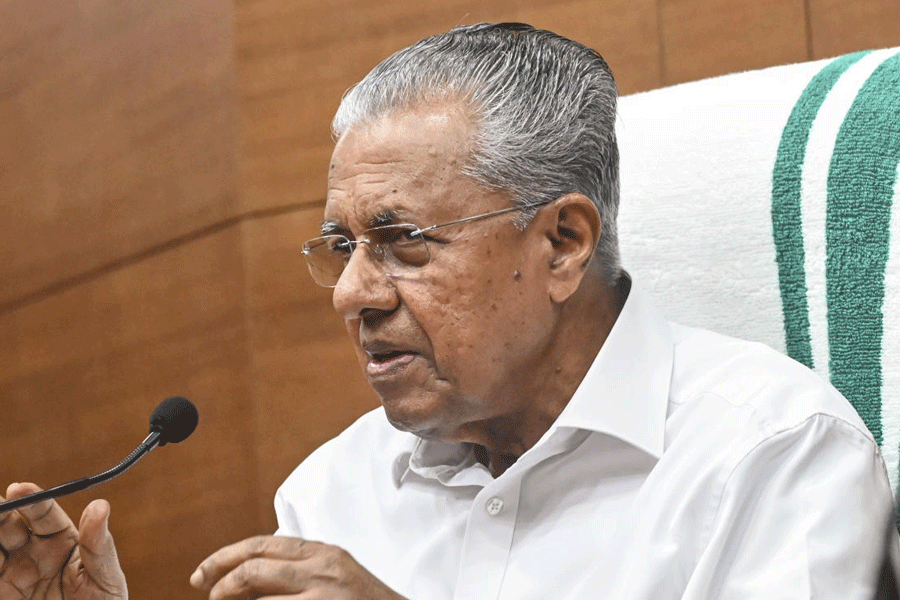US President Donald Trump has slapped steep tariffs on imports from China (34 per cent), India (26 per cent), Japan (24 per cent), and the European Union (20 per cent), declaring it 'the day American industry was reborn', drawing backlash from allies and rivals alike and raising fears of economic retaliation and escalating tensions in global markets
Will this ignite a global trade war? As hectic negotiations start, let’s look at trade conflict, from the early 19th century to the present day, and their ramifications on international relations.
The Corn laws (1815–1846): Protectionism and its repeal
In the aftermath of the Napoleonic Wars, Britain faced economic challenges, prompting enacting the Corn Laws in 1815.
These laws imposed high tariffs on imported grain, aiming to protect domestic agriculture by maintaining high grain prices.
While it benefitted landowners, the Corn Laws led to an increase in food prices and caused widespread hardship among the working class.
The Anti-Corn Law League, spearheaded by figures like Richard Cobden and John Bright, mobilised public opinion against these tariffs, arguing that free trade would lead to lower food prices and economic prosperity.
The Irish Potato Famine (1845–1852) further underscored the need for affordable food imports.
In 1846, Prime Minister Robert Peel, repealed the Corn Laws, marking a shift towards free trade.
This move positioned Britain as advocate liberal trade policies, influencing other nations to reconsider protectionist stances.
The Smoot-Hawley tariff act (1930): Exacerbating the great depression
The onset of the Great Depression saw the United States adopting protectionist measures to shield its economy.
The Smoot-Hawley tariff act of 1930 raised US import duties intending to protect American businesses and farmers from foreign competition.
But this move prompted retaliation from many countries, leading to a sharp decline in international trade.
According to Britannica, the act “added considerable strain to the international economic climate of the Great Depression.”
The global contraction of trade deepened economic woes worldwide, illustrating the perils of protectionism.
The Smoot-Hawley tariff is now cited as a cautionary example of how trade barriers can exacerbate economic crises.
The Arab oil embargo (1973–1974): Energy as a geopolitical tool
The 1973 Yom Kippur War set the stage for one of the most impactful trade conflicts involving energy resources.
In response to US support for Israel, Arab members of the Organisation of the Petroleum Exporting Countries (OPEC) imposed an oil embargo on the United States and other nations.
This action led to quadruple oil prices and triggered a global energy crisis.
The embargo underscored the strategic importance of energy resources and highlighted the vulnerabilities of oil-dependent economies.
According to Britannica, the embargo “led to far-reaching changes in domestic energy policy, including increased domestic oil production in the United States and a greater emphasis on improving energy efficiency.”
The crisis prompted Western nations to reevaluate their foreign policies in the Middle East, recognising the geopolitical leverage that oil-producing countries wielded.
US-Japan trade tensions (1980s): Navigating economic rivalry
In the 1980s, the United States and Japan experienced trade tensions because of the growing US trade deficit with Japan and the perception of unfair trade practices.
American industries, in the automotive and electronics sectors, felt threatened by Japanese imports.
The US government responded by negotiating voluntary export restraints with Japan and imposing tariffs on certain Japanese goods.
These measures aimed to protect domestic industries and reduce the trade imbalance.
While the immediate conflicts were mitigated through negotiations, the episode set the stage for ongoing discussions about fair trade practices and the need for international trade agreements to address such disputes.
US-China trade war (2018–present): A new era of economic confrontation
The late 2010s witnessed escalating trade tensions between the United States and China, marked by the imposition of tariffs and counter-tariffs.
Initiated by the US to address concerns over trade deficits, intellectual property theft, and unfair trade practices, the conflict led to disruptions in global supply chains and increased economic uncertainty.
The US has imposed tariffs on Chinese electronics, and China responded with tariffs on US soybeans and other agricultural products.
The trade war underscored the strategic competition between the world’s two largest economies and prompted businesses worldwide to reassess their supply chain dependencies.
The ongoing nature of the conflict reflects deeper geopolitical rivalries and has implications for global economic governance and the future of international trade agreements.
Emerging tech restrictions: Semiconductors and Artificial Intelligence
In recent years, technological advancements have become central to trade conflicts, concerning semiconductors and artificial intelligence (AI).
Nations have implemented export controls on these critical technologies, citing national security concerns.
The United States has restricted exports of advanced AI chips to certain countries, leading companies like Nvidia to adapt their product offerings.
According to The Times, Chinese firms have ordered at least $16 billion worth of Nvidia’s H20 AI chips, which are the most advanced available in China under US export restrictions.
Such measures highlighted the intersection of trade policy and national security, as countries sought to maintain technological advantages while preventing potential adversaries from acquiring sensitive technologies.
Whether Trump’s latest decision will lead to alliances in the EU and Asia remains to be seen but as of now global supply chains will be disrupted and consumers will face a price rise.












